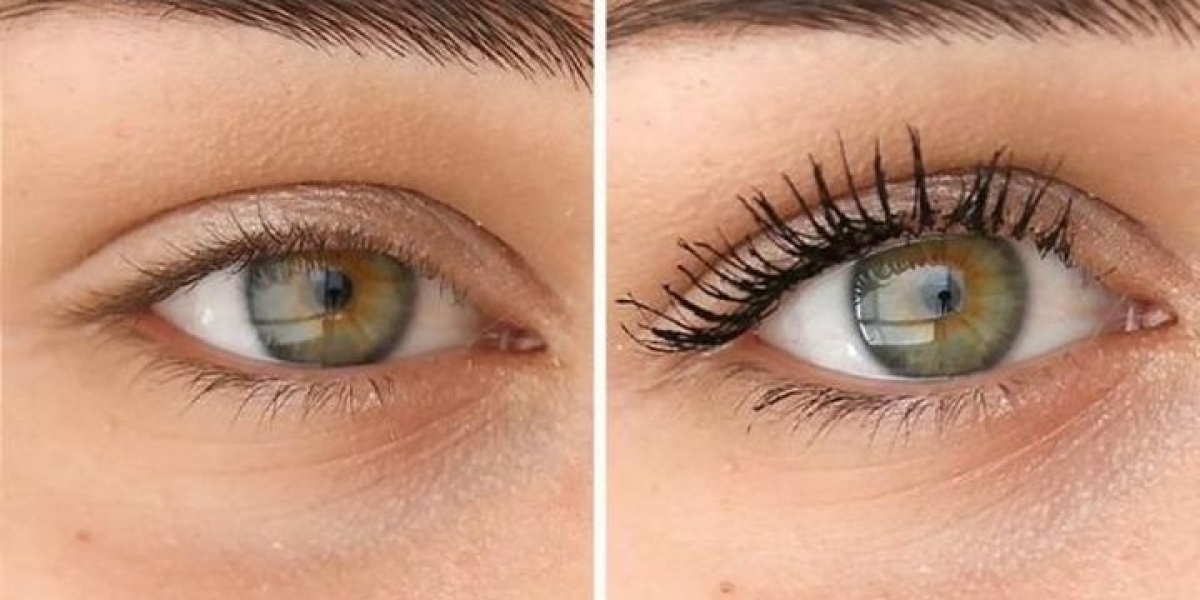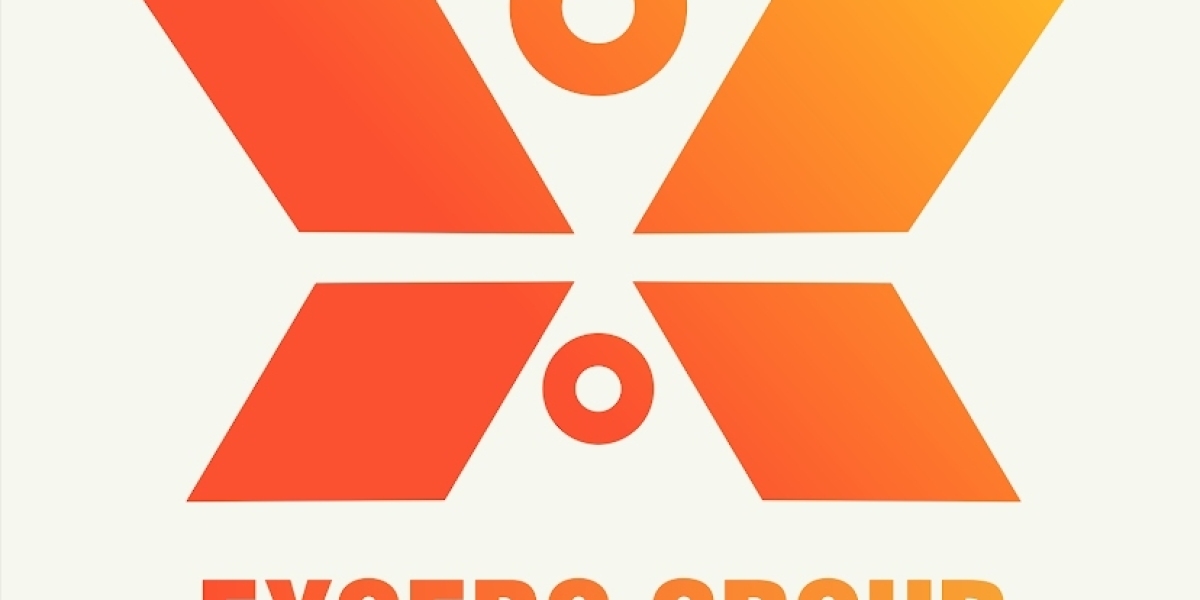The Advanced Baby Monitors Market segment highlights an evolving product landscape segmented by type, technology, and end-user preferences. Stationary monitors dominate in hospitals and daycare centers due to their durability and stable connectivity, while wearable monitors are rapidly emerging as the preferred choice for tech-savvy parents. These wearable devices offer continuous real-time tracking of breathing, sleep patterns, and environmental conditions. By integrating IoT technology and AI-driven alerts, they enable parents to respond immediately to potential health risks. The rise in dual-camera systems, sound sensitivity features, and advanced night-vision capabilities demonstrates how innovation continues to drive differentiation across product segments.
Regionally, North America maintains a dominant position due to higher purchasing power and early adoption of connected devices, while Asia-Pacific is witnessing exponential growth supported by improving internet infrastructure and urbanization. Hospitals are also integrating baby monitors with electronic health records (EHRs) to support medical tracking. These developments underline the diversification within the Advanced Baby Monitors Market, where companies focus on improving both medical-grade and consumer-oriented products. Manufacturers are targeting niche segments—like neonatal ICUs and smart nurseries—to address varying parental and healthcare demands globally.
FAQ:
Q1: What are the key segments in the Advanced Baby Monitors Market?
A1: The market is segmented by product type (wearable and stationary), connectivity (wired and wireless), and end-user (home care and hospitals).
Q2: Why are wearable devices gaining popularity?
A2: They provide enhanced mobility, continuous monitoring, and personalized alerts for parents through smartphone integration.





